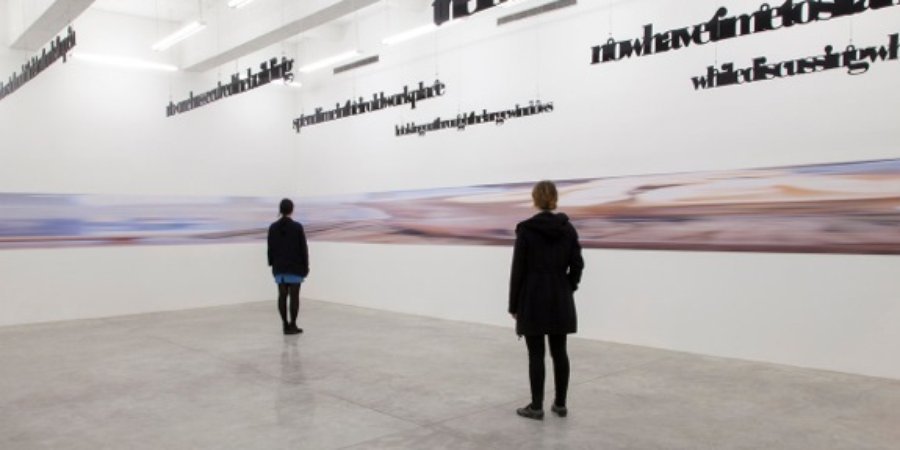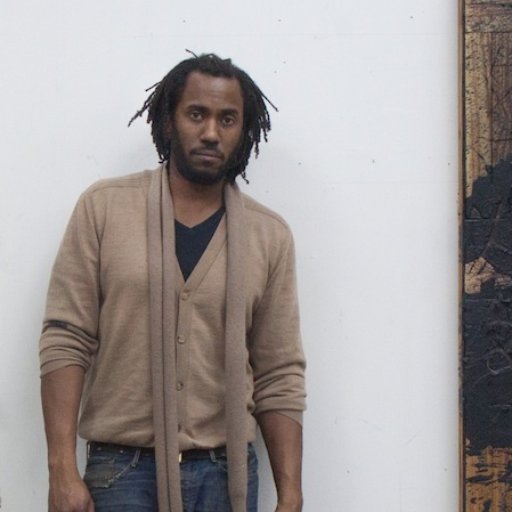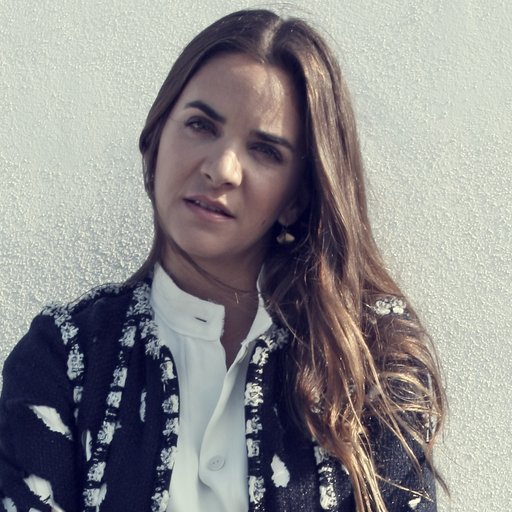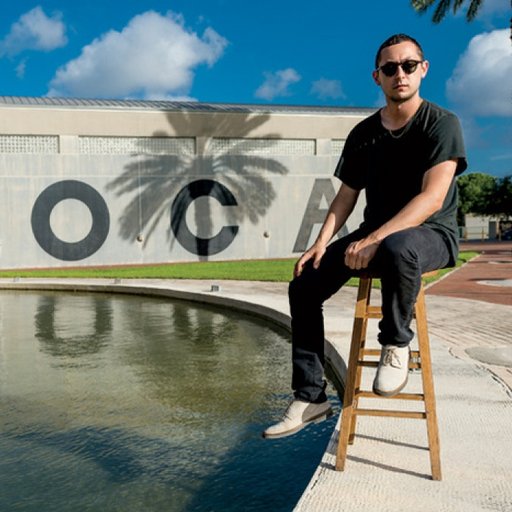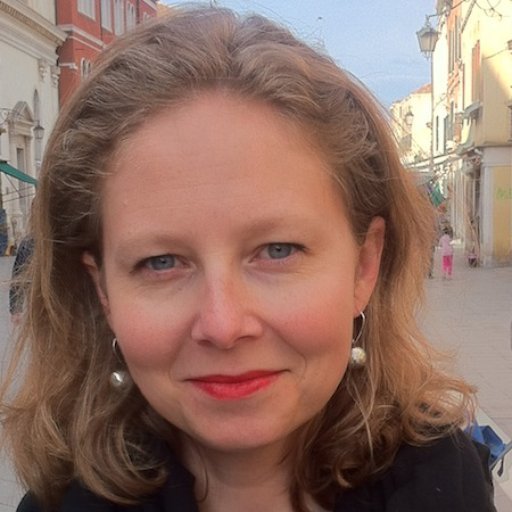As contemporary artists go, Liam Gillick is an outlier. He's the YBA whose work is more cerebral than provocative. He's a postmodern artist who often takes up modernist techniques. And he's the rare contemporary artist who really cares about getting his work beyond the white cube of the gallery into the outside world.
The tensions within Gillick's art require that gallery-goers engage deeply with the work, and critics have underlined that by retrospectively placing the artist under the rubric of relational aesthetics, the loosely defined movement that foregrounds the participatory viewing experience. Despite these demands—or because of them—Gillick's work also can be especially rewarding. His colorful Plexiglas structures are often beautiful, and his writings are layered and thought-provoking. We spoke to the Turner Prize nominee about the potential of public art, his recent collaboration with Louise Lawler, and why learning to touch-type was a revelation.
Your work contains an interesting tension between its methods and its intent. Formally and conceptually, it's highly challenging, yet it’s not meant to stay in the gallery space but to reach out to the general public. What appeals to you about making art for the everyman?
The whole point is that I don’t have a target audience. But I do think hard about the difference between an audience and a public. There is a potential audience for anything—for the most specific and obscure interests. The notion of a public, however, is something completely different. It involves attempting to address difference and collectivity. I'm not sure I can even approach making art for the everyman, but I certainly consider art as a zone of potential that has fewer barriers for encounters and engagement than we might be led to believe.
Making art that is meant to be exhibited in public spaces is a major part of your practice. What are the different considerations at play in making public art versus art for the gallery or museum?
I try to bring the same methodology to everything, whether it's a small edition or a large quasi-architectural project. I sometimes find myself agonizing over a small contribution to the world more than I do for a large structure. It is a question of communication and potential. How I go about communicating various ideas definitely varies depending on whether the work is in a museum or in public. That's because I'm interested in the distracted viewer—someone who passes by a work or stands with their back to it. Otherwise, these questions for me are about scale alone rather than conceptual or time issues.
You are probably best known for your colorful abstract Plexiglas sculptures that tend to bridge the gap between sculpture and architecture. What ideas are you engaging with through these pieces, and how do you hope the viewer interacts with them?
Well, that will require a long answer because Plexiglas is something I have been working with for a long time. But broadly speaking, I am interested in secondary architecture—screens, overhead canopies, wall paneling, and so on. These architectural elements are part of a larger formal language that I deploy. I do it for a reason, and it is connected to an interest in the gray area or middle ground of the built world. These are the spaces of renovation, manipulation, compromise, and potential. I am interested in designating spaces of potential, but at the same time, I am involved in a deconstruction of the tools of neo-liberal development.
Like much of your art, the Plexiglas sculptures make notable use of industrial materials. Industry seems to be one of the focal points in your work—not only in terms of material, but also processes. You have been known to mine earlier versions of your work and create new iterations using the same or similar imagery, alluding to product lines and manufacturing. How do you see your art relating to the theme of labor and industry?
I'm interested in production rather than consumption. Obviously, you cannot divide the two, but so much art of the last 30 years is a critique of consumption alone. That art isn't as focused on notions of production and how that has changed. The very idea of industrial production involves a whole new matrix of management forms and dislocation. Ironic comments on commodities usually make assumptions about production that are clichéd or irrelevant to the actual conditions of production. To overcome that, I try to make art that's about production as well.
You’ve done work in collaboration with artists from Lawrence Weiner to Louise Lawler, whose work was recently exhibited alongside yours at Casey Kaplan. What part do collaborations play in your art, and what do you enjoy about working with other artists?
In the 1990s, we tried to avoid using the term "collaboration" because it carried linguistic echoes of collectivity in Europe during World War II. During that time, I preferred to think of it as parallel play or working alongside another artist or group. I still tend to think of it in that way. More importantly, this sense of parallel work was and still is not restricted to artists alone. One of the things that often goes overlooked as art becomes more rarified and gets examined by a new generation of art historians is that the closest work is often done with specialists from outside of what is formally considered the art world.
With Philippe Parreno’s current exhibition at the Palais de Tokyo, a lot of attention is given to the fact that he involves work by myself, Dominique Gonzalez-Foerster, and Tino Sehgal. The genius of the exhibition is based on Parreno's ongoing collaboration with cinematographers, computer specialists, and writers. All those people often go uncredited. If they do get any credit, it goes largely under the artist's name. The current state of some art criticism seems to suggest that art begets art with a side serving of ideas, visions, research, and reiteration. This is a disservice to comprehending how dynamic structures emerge.
In addition to making art, you are a prolific and versatile writer on the subject. How did you get started as a critic, and how do you see your writing relating to your art?
I was a bad student at school and a lazy writer at university. Then the Macintosh computer was introduced in the 1980s, and I learned how to touch-type. That's now a pretty basic skill, but at the time, it was a revelation to me. Suddenly, I could write and organize my ideas in a completely new way. It was fast. It even approached the speed of my thoughts. I had always been interested in the written record of artists, too, and I wanted to involve myself in a process of self-examination that would otherwise be crushed by my artistic delusions.
What made you want to become an artist?
People forget that human beings have a sense of aesthetics and critique prior to deciding to engage in artistic work. So as a teenager, I thought hard about how things look, how they accumulate value, and what their critical potential might be. I think that’s pretty standard. I engaged in art by sliding in through the side. I would go to arts centers rather than museums. I would go to see a concert or a movie and be forced to walk through gallery full of clicking slide projectors or someone throwing things into a pile. I wanted to be part of this zone of ideas that caused more questions than answers—where the tribal self-consciousness of a teenage brain could find a place to extend their radical ideas within a critical pulsating area. Ultimately, I gave up academic studies to go to art school. It was a big decision completely unrelated to the idea of a career or any future income.
What artists have inspired you the most?
Louise Lawler, Joan Jonas, and Martha Rosler seemed to offer new models when I was a student, and they continue to make good work. I still think Martha’s writing is very important. At the beginning of my career, James Coleman, Lawrence Weiner, and Dan Graham were big for me. Of course, there was Philippe Parreno, too. Now, quite often, I come across completely new things made by people who are struggling with some new ideas or trying to take down the structures that keep emerging. A lot of times, those are artists I'm not familiar with.
Is there anything you collect yourself?
No.
What new projects you are working on?
An exhibition in Berlin at Esther Schipper next spring and a large exhibition in France at Le Magasin of work from the early 1990s in the summer. A new book will be published by Columbia University on the origins of contemporary art, so a few transcripts of my lectures will be in that book. And I will make a film about Richard Hamilton, who died in 2011 and was without a doubt the most important British postwar artist.











